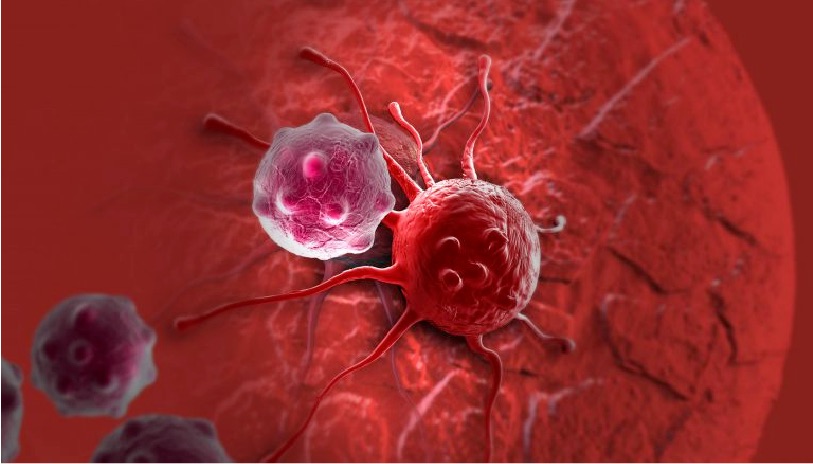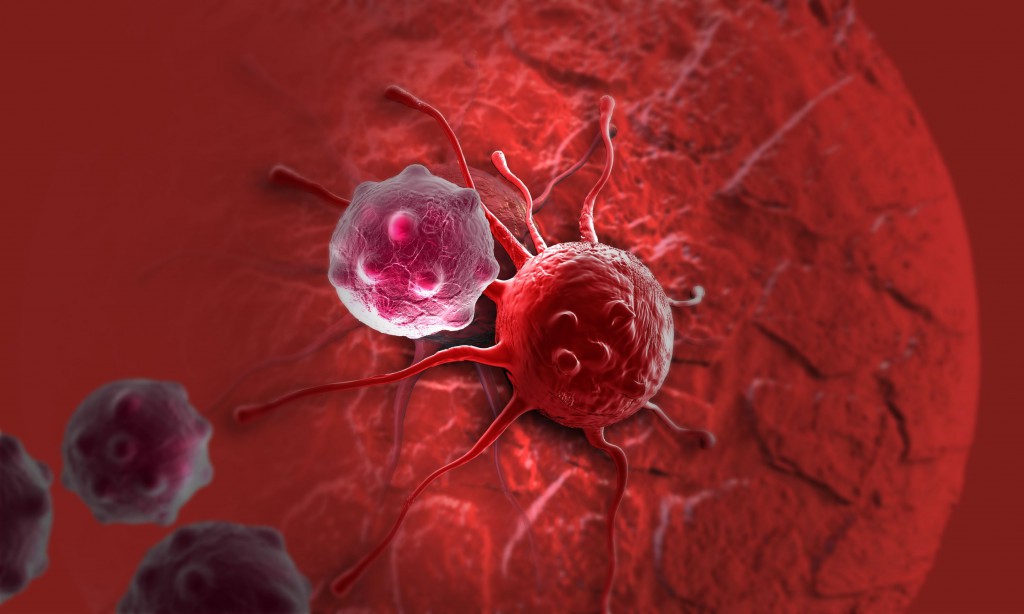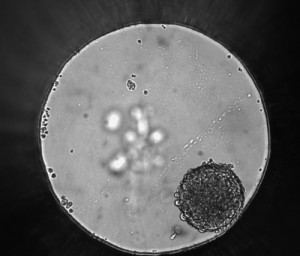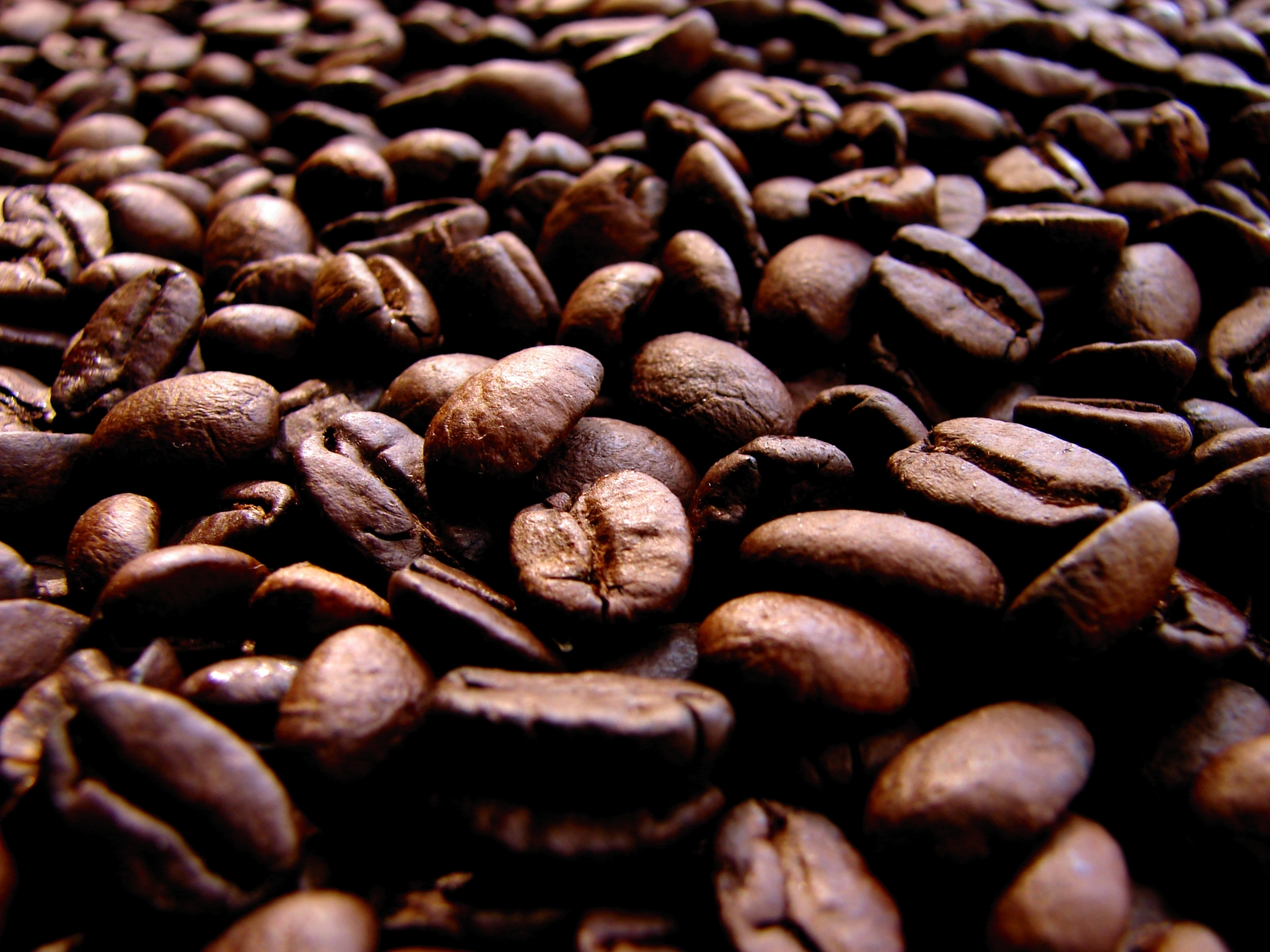
In the genomics era, the promise of precision medicine and tailored diagnostics is only as good as the datasets, which makes it imperative that those sets reflect the diversity of the human population. Populations from the African continent, the most genomically diverse region in the world, are underrepresented in current genomic data sets. Nowhere is closing this data gap more urgent than with triple-negative breast cancer (TNBC), which has a disproportionately high incidence in women of African descent and limited therapeutic options.
Highlighting why comprehensive population data is so important are the results of a recent study profiling of 30 TNBC tumor samples from Angola and Cape Verde (1). Whole-exome sequencing (WES), enriched with untranslated regions (UTRs), showed that 86% of somatic variants in these samples had never been reported before. WES can be especially valuable when working with limited or degraded samples, such as the FFPE samples used in this study, because it allows you to gain valuable insights from samples that are impractical for whole-genome sequencing (WGS). This study’s results emphasize the value in expanding omics cancer research so that it includes all populations and areas of the genome.
Continue reading “Growing Our Understanding of Triple-Negative Breast Cancer in Sub-Saharan Africa: Why Comprehensive Population Data Matters”



